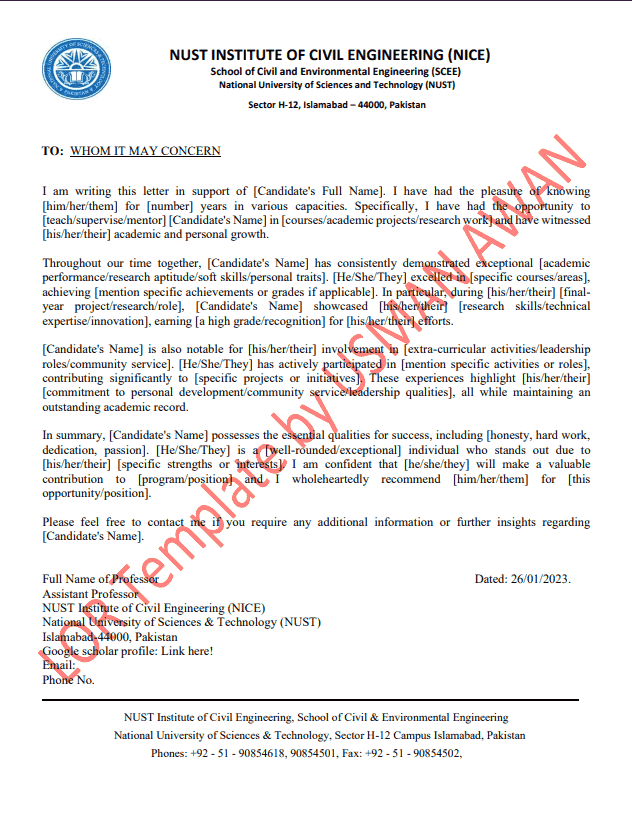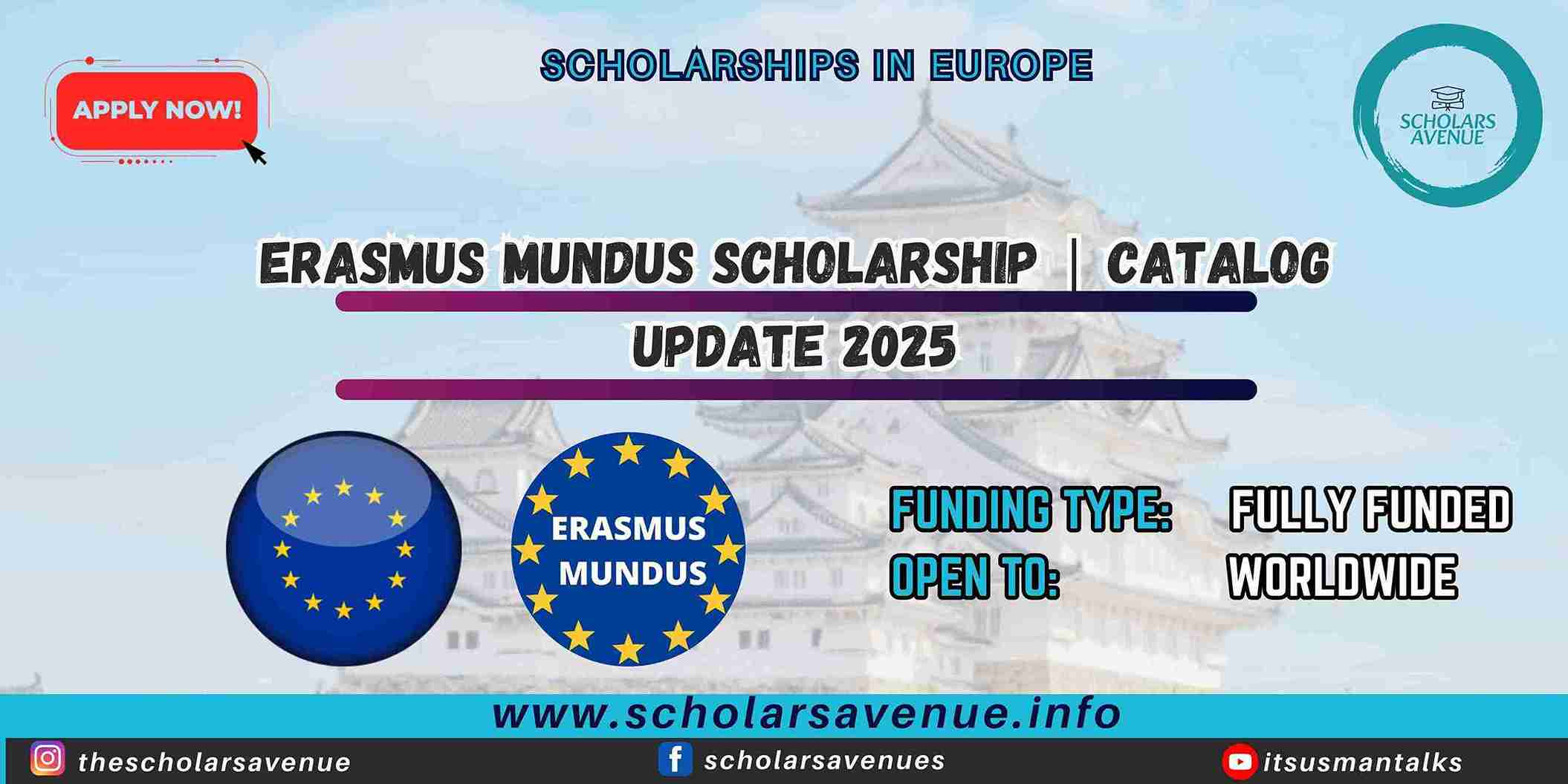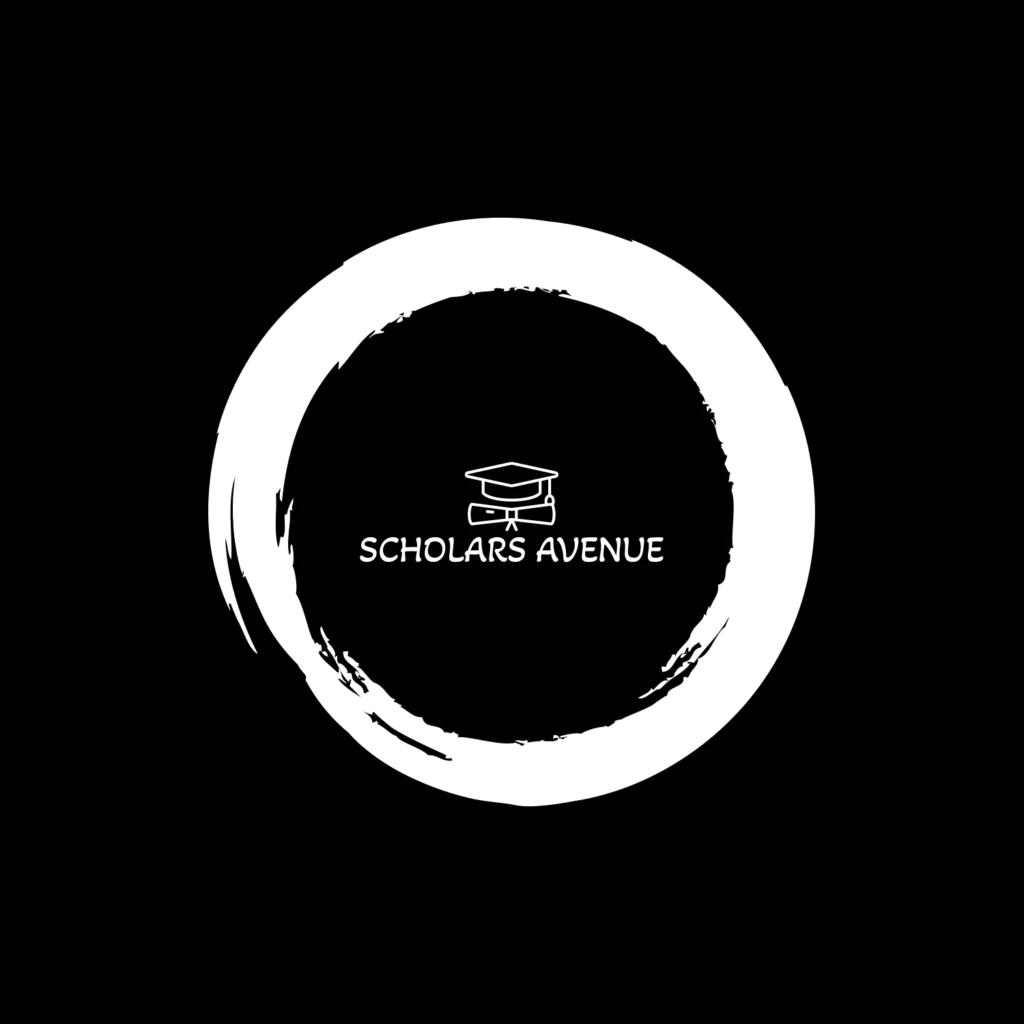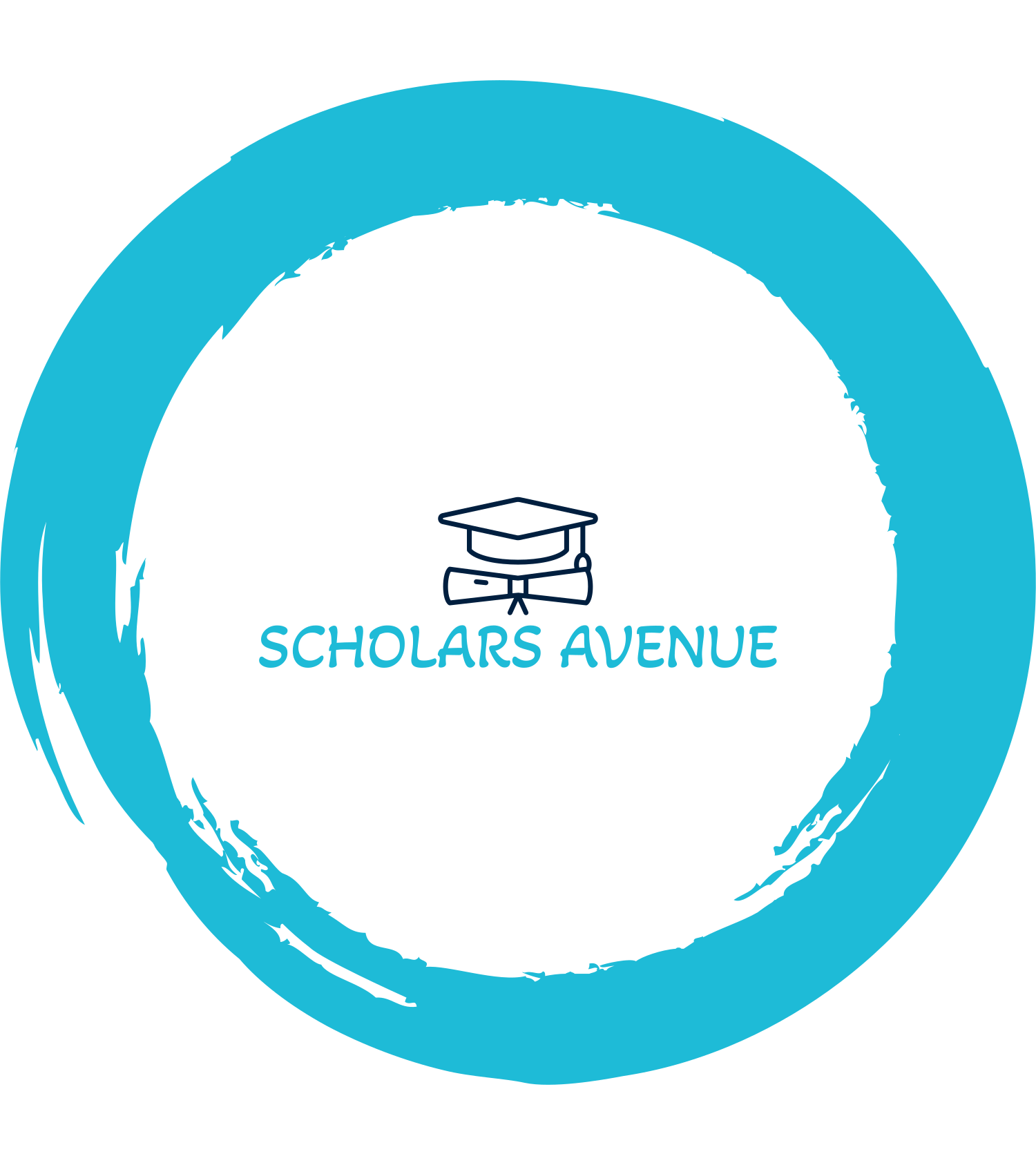Here you can find a good letter of recommendation sample that can help you in securing prestigious scholarships. The Recommendation letter holds significant weight in any scholarship application, serving as a testament to an individual’s qualifications and character. Whether you’re requesting one or preparing to write one, understanding the nuances of this formal document can greatly enhance your chances of success. Also, Learn how to write an effective Letter of Motivation
What is a Letter of Recommendation?
A letter of recommendation is a formal document that assesses an individual’s suitability for a specific role or opportunity. Unlike a standard reference, which is often conveyed informally, a recommendation letter is specifically crafted to highlight an applicant’s strengths and capabilities in a structured manner.
How to Write a Letter of Recommendation?
Writing an effective letter of recommendation begins with a deep understanding of the applicant’s professional or academic background. Here are essential traits that the referee should have:
- Direct Experience: Should have directly worked with the applicant or observed his performance.
- Project Engagement: Recall specific projects or tasks the applicant has undertaken under their supervision.
- Identify Strengths: Pinpoint relevant strengths and skills that they can personally attest to.
- Examples of Work: Gather specific examples of the applicant’s achievements or contributions.
- Positive Feedback: Ensure that they can genuinely provide positive feedback that supports the applicant’s candidacy.
Letter of Recommendation Format
A well-structured recommendation letter typically includes the following components:
- Introduction: The referee should begin with a brief introduction stating their identity, his relationship with the applicant, and their expertise.
- Strengths Overview: Provide an overview of the applicant’s strengths as they have observed them and as they relate to the recipient.
- Personal Story: Share a personal anecdote that illustrates one or two key traits or experiences of the applicant. Knowing the individual personally and commenting on specific personality traits is very essential.
- Closing Statement: Summarize why the applicant is well-suited for the opportunity.
- Signature: Conclude with the name, position, and contact information. Make sure to use your official email address and contact information.
Ensure that LOR is written in accordance with the latest resume and job description from the applicant stating the details in a comprehensive manner that aligns with the expectations of the selection committee.
Letter of Recommendation Sample
This is a letter of recommendation sample. However, it should differ depending on the position of the referee and the position that an applicant is applying for.

My Experience
I was fortunate to be accepted into the fully funded Erasmus Mundus Scholarship for the WAVES program in 2023. Since then, I have assisted numerous candidates, many of whom successfully secured scholarships this year. The above letter of recommendation sample is made by me from my experience of reviewing several applications. Looking to enhance your chances of acceptance? Consider using our Professional Services to polish your application and stand out from the crowd.
For detailed videos on relevant opportunities check out:
Frequently Asked Questions (FAQs)
How do I write a good letter of recommendation?
Be Specific and Relevant
Share a personal experience with the applicant relevant to the position they are applying, that illustrates one or two key traits of the applicant. Knowing the individual personally and commenting on specific personality traits is very essential. Mention specific examples of the applicant’s achievements or contributions.
What is the best opening sentence of a letter of recommendation?
The first sentence should show your excitement to recommend the applicant. For example: It is with great enthusiasm that I recommend [Applicant Name] for [Position or Scholarship Name].
What are the important points to consider when writing a letter of motivation?
Introduction: A brief introduction stating their identity, relationship with the applicant, and their expertise.
Strengths Overview: An overview of the applicant’s strengths as they have observed them and as they relate to the recipient.
Personal Story: Share a personal anecdote that illustrates one or two key traits or experiences of the applicant.
Closing Statement: Summarize why the applicant is well-suited for the opportunity.
Signature: Conclude with the name, position, and contact information. Make sure to use your official email address and contact information.









